The Key to Coming Home
Brenda Myers Brown has lived a life away from the land. Now she's returning to continue her father's legacy and make new memories with her children and grandchildren.
Brenda Myers Brown had a key problem when she first met Steven Smith in 2012.
The then-64-year-young land steward was about to tour Smith, a Noble Research Institute wildlife and fisheries consultant, around the property she was managing for her mother. Brenda had driven up to the farm southeast of Gainesville, Texas, from her home in Dallas, where she and her husband, Fred, had lived 37 years. Smith had driven down from Noble’s headquarters in Ardmore, Oklahoma.
But before they could get started, Brenda piped up: “We’ll need to stop by the tenant’s house to get the gate keys.”
Taken aback, Smith jotted a mental note.
Recommendation Number 1: Keep your own set of keys to your own property.
Five years later, Brenda and Smith both laugh at the incident.
“When I received Steven’s first set of recommendations, it was a ‘well, duh’ moment,” Brenda says. “This was not rocket science.”
But, she adds, there was much to learn.
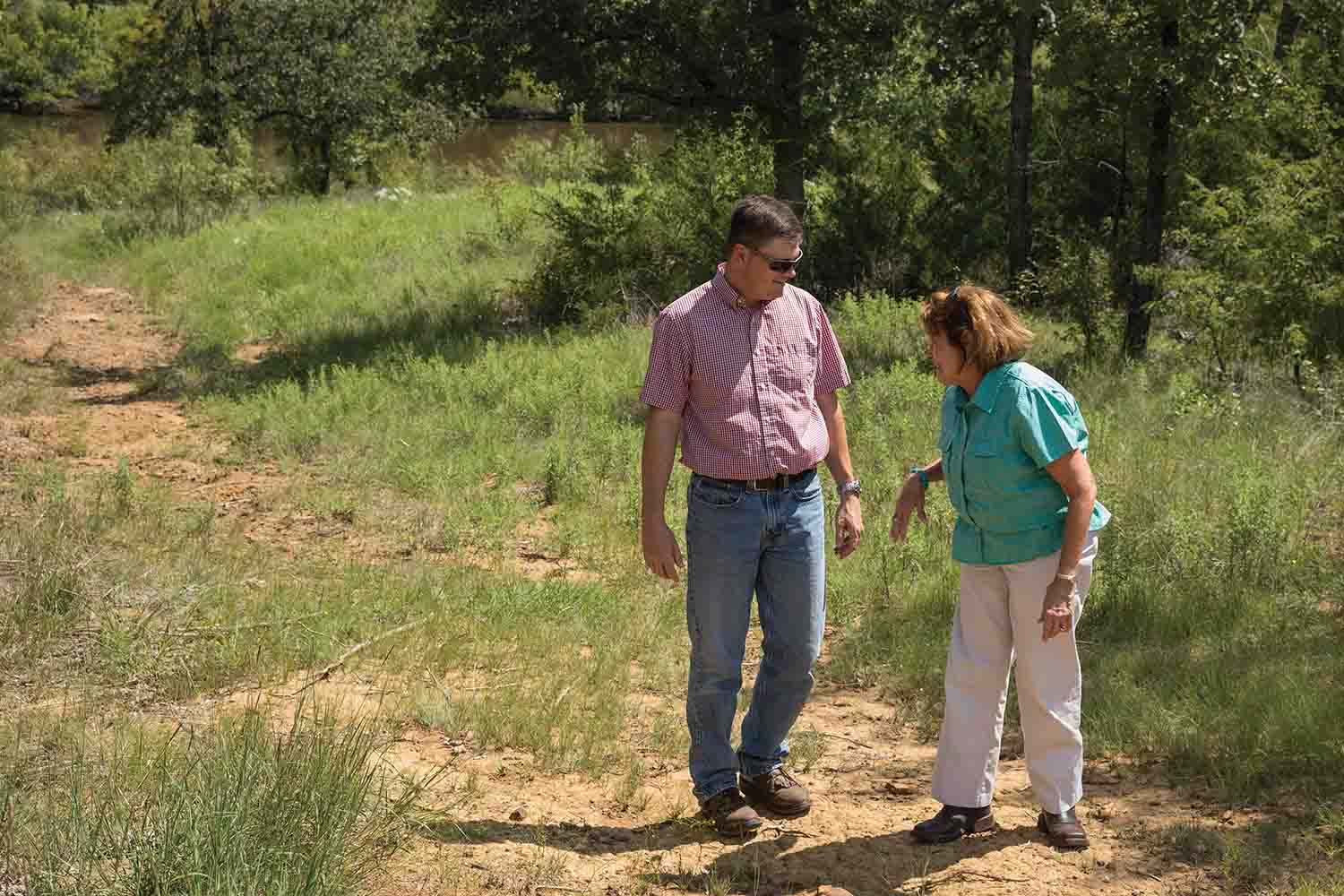
The John Deere Dealer’s Daughter
After Brenda was born in 1948, her parents, Jim and Nita Myers, brought her home from the hospital to a farm north of Gainesville, Texas. Interstate 35 was constructed right through their property just two years later, and Nita Myers was not interested in raising her daughter on the highway. So, the family moved to town.
Jim Myers was a John Deere dealer in downtown Gainesville at the store he, his brother and his father owned and operated together for 50 years. When he wasn’t selling tractors, Jim Myers was driving one. He, like his father and grandfather before him, was a farmer at heart.
Brenda remembers her father rising before the sun every morning to go out to the farm southeast of Gainesville to milk cows. He owned and operated a dairy in partnership with Leo Hoedebeck, whose family lived on the farm. Once the cows were milked, Myers would begin his day at the dealership. And on Sundays, he always finished the milking in time to serve as an usher at church.
As an elementary school child, before air conditioning came to town, Brenda spent summer days out on the 50 acres of land her father had donated to the Girl Scouts of Gainesville. Buses filled with girls and their mother-leaders would wind their way through the thickets of trees and up to a pavilion constructed on the property for their use. Beyond those day camps, Brenda was rarely at the farm. For the first 18 years of her life, she says, she was known as the John Deere dealer’s daughter but knew nothing of tractors or cows.
When Brenda graduated high school in 1966, she saw three career options for herself. She could become a teacher, a secretary or a nurse. She went to Southern Methodist University in Dallas, earned her teaching certificate and taught math. Later, she earned a Master of Business Administration by taking night classes while working for John Deere’s regional headquarters in Dallas.
Brenda met and married Fred Brown in 1984; adopted his two young children, Adam and Erin; then gave birth to Scholle five years later. The young family sometimes visited the Hoedebeck & Myers Dairy, where the children would bottle-feed calves and watch the cows “ride the milking merry-go-round,” a round, rotating platform that cows would step onto to be milked.
But the farm continued mostly out of sight.
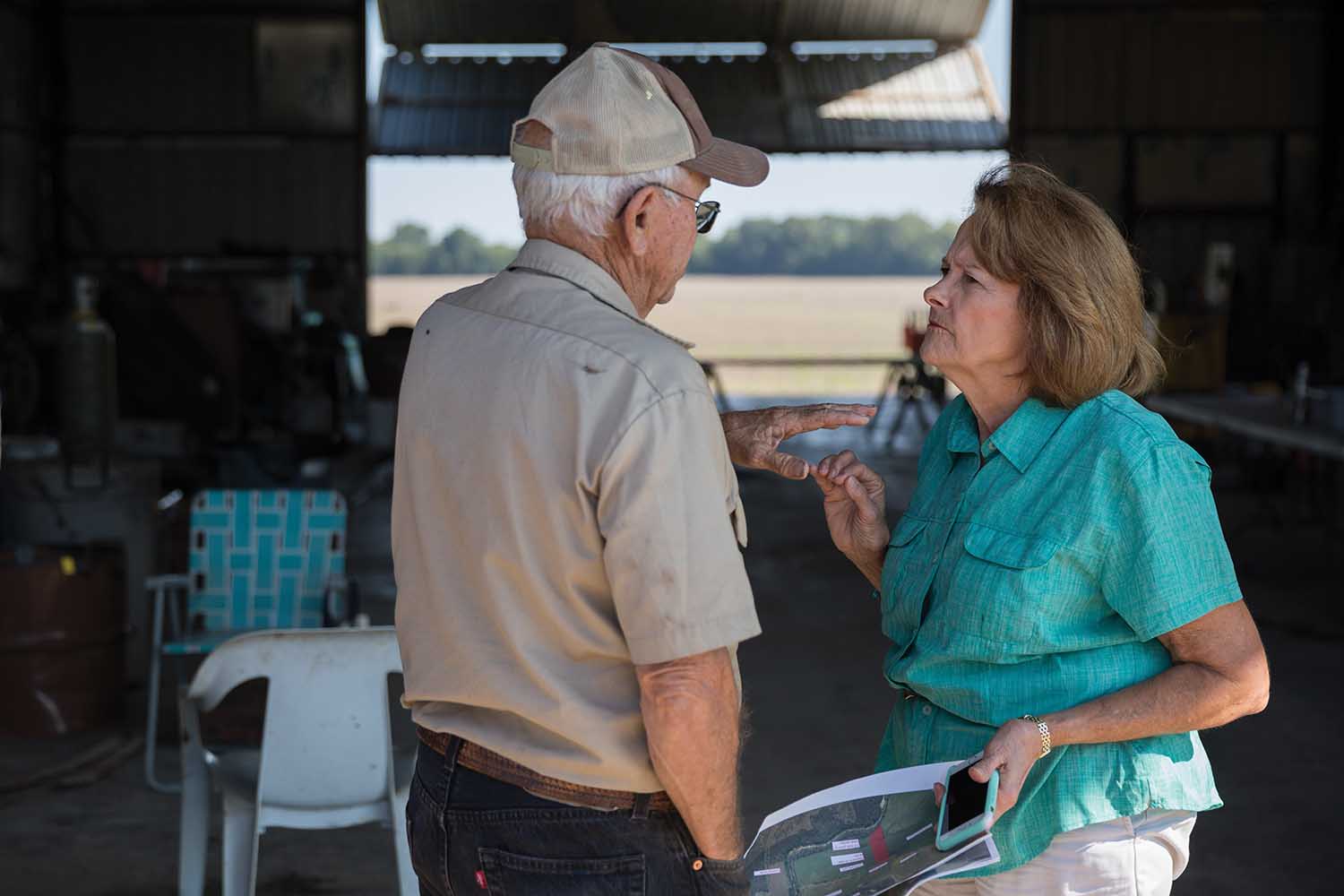
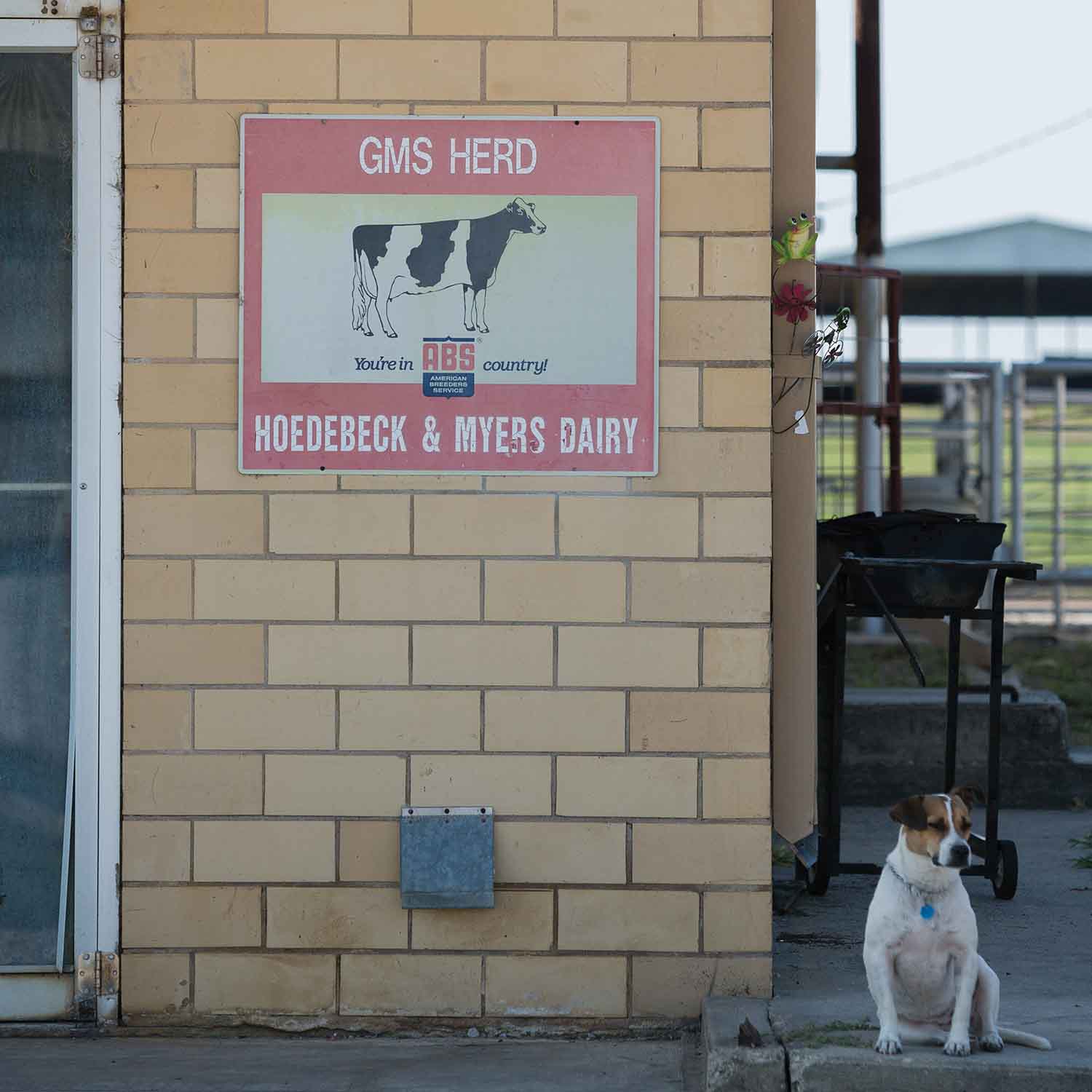
A Land Dilemma
By 2011, after her children were grown and starting families of their own, the farm began to weigh more heavily on Brenda’s mind.
Her father worked at the dairy nearly every day until his death in 1997. She and her mother had decided to keep the land but sold the equipment to the Hoedebecks, who are now in their second and third generation of living on and working Myers land. Then, in 2005, Brenda’s mother’s health began to decline. She had been diagnosed with macular degeneration, so Brenda moved her to Dallas and became her eyes and ears.
Brenda wondered if she should sell the land, but there was part of her that didn’t want to end her father’s legacy.
During dinner with some Gainesville friends one evening in November 2011, a local attorney and landowner, Phil Adams, stopped by their table. After hearing her dilemma, he recommended she talk with the Noble Research Institute (then the Noble Foundation). Their agricultural consultants would give her no-cost advice and help her consider her options, he told her.
Brenda wrote the information down in her datebook, and, later, after making a call, she received the paperwork needed to request consultation services. The questionnaire asked about her land, its uses and her goals.
“The sheer act of filling out those three to four pages of information was of tremendous value to me,” Brenda says. “It got us organized.”
On Jan. 15, 2012, Brenda submitted the paperwork. A month later, Steven Smith, the consultant who Brenda has now adopted as an honorary part of the family, made his first visit to her property.
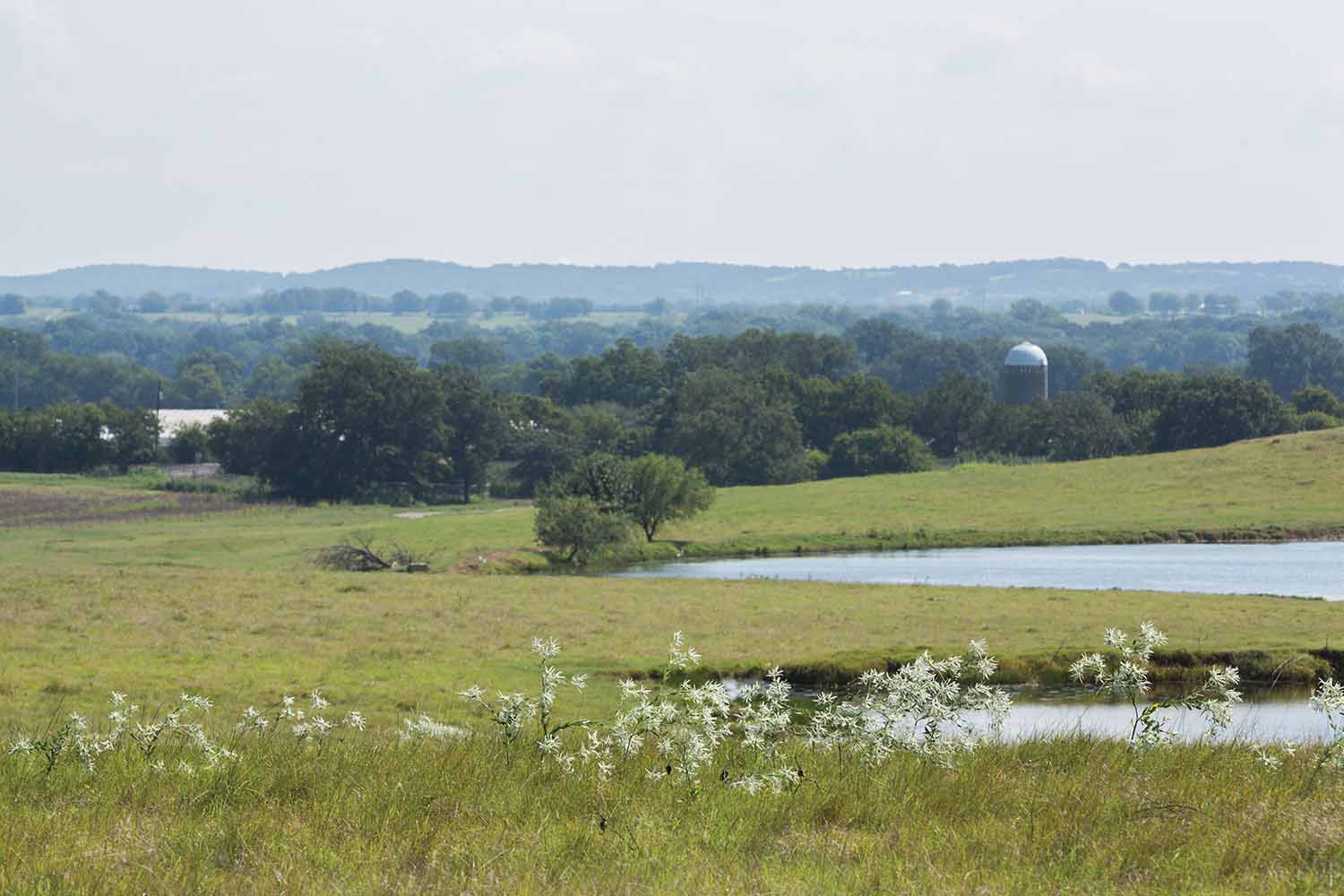
Part Of The Family
The Hoedebecks operated one of the last five dairies in Cooke County when they sold out of the business in 2007. By 2012, they had moved to raising beef cattle on Myers land.
In addition to addressing the key situation, Smith recommended managing brush to enhance wildlife habitat as well as soil sampling to more efficiently manage pasture and crop land. He also introduced Brenda to the idea of recreational leasing. Now, she works closely with five hunters who come up from the city to hunt turkey, deer, duck, dove and feral hogs, in addition to the Hoedebecks who continue to farm and ranch.
Brenda also likes to say the Noble Research Institute gave her a valuable gift: 55 acres.
When she received an aerial map of her property, just like any new producer to work with Noble consultants, she says her “boring left-brain math major” mind went into overdrive. The map showed 55 acres more than was listed on the deed to the farm.
After checking with the Noble map makers and consulting the appraisal district as well as a Surveys of Cooke County book she bought, Brenda discovered a mistake made when the land was originally surveyed. As a result, she was able to officially reclaim 55 acres of the land her father had purchased and that he and the Hoedebecks had operated for decades.
But most importantly, Brenda says the Noble Research Institute has helped her get back to where she now wishes she would have been 40 years ago.
“That’s the biggest success to me,” Smith says. “The farm has gone from being a piece in her financial portfolio to being a member of the family. She’s interested and attentive. She wants to do right by the land and her father’s memory.”
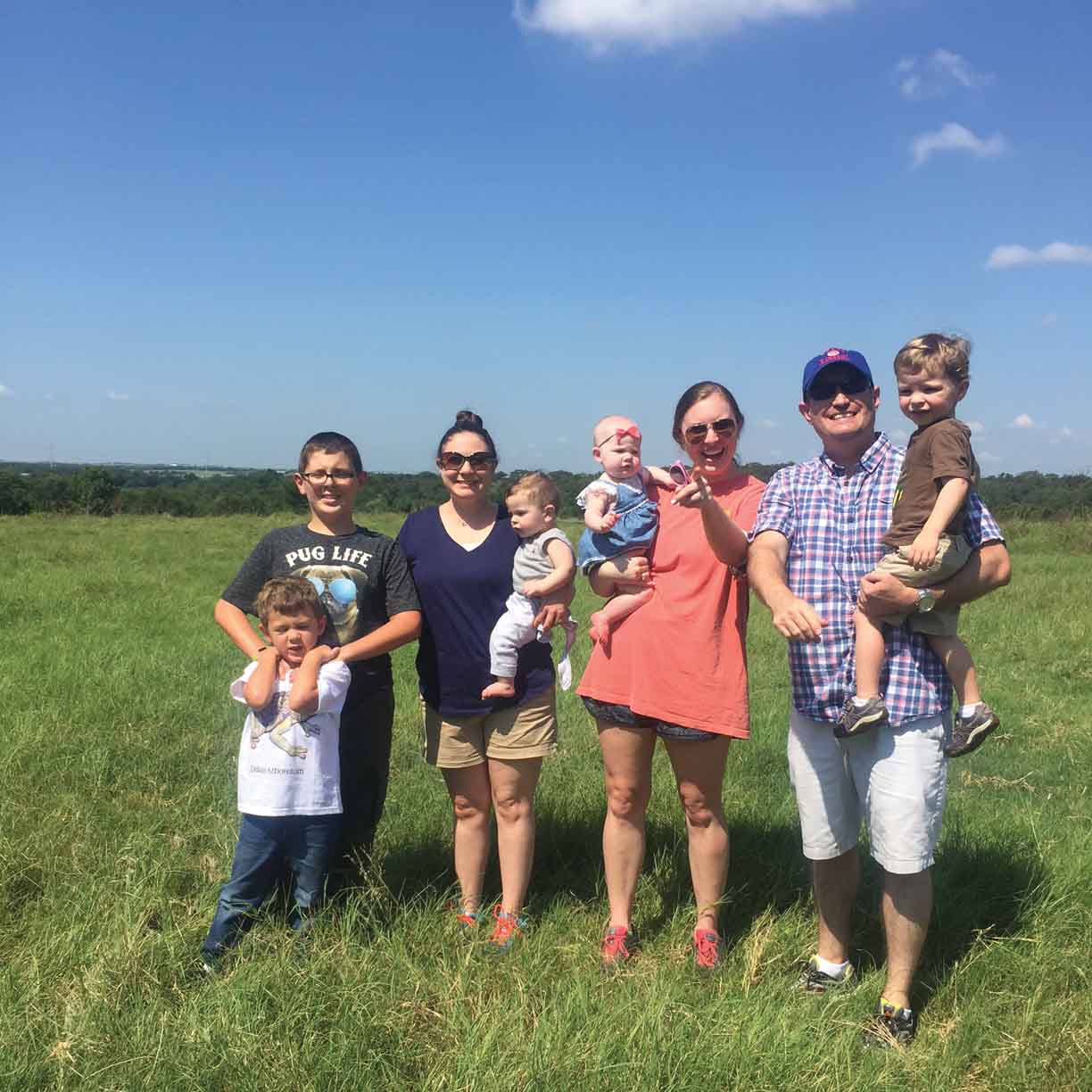
Building A Sanctuary
Today, Brenda carries her set of gate keys in a plastic zip-close bag. She knows where each key is and who has it.
Brenda teases Smith when he comes to the farm to help her take a soil sample or check on progress, saying “Think of this as spending a day with your mother.”
Smith smiles in response and answers any question she raises.
“He’s so calm and knowledgeable,” Brenda says. “If he doesn’t know the answer to a question, he’s got the resource of 400 people back in Ardmore.”
Brenda taps into those resources herself when she attends the Noble Research Institute’s agricultural education events, like the Pond Management Workshop held in May 2017, where she says she and Fred were “extra spongy” soaking up information from consultants Mike Porter and Will Moseley.
In 2015, Brenda’s mother died. A few months later, she found out her daughter Erin was expecting “Grandson Number 4.” That’s when Brenda decided they needed to create a more permanent family sanctuary on the land, a place where her “city slicker grandsons” (and now a granddaughter) will be able to experience the country and make memories.
The couple have begun the process of building a house on the farm, less than a half mile from where Brenda grew up going to the Girl Scouts day camps. They’re thinking of constructing a pond nearby.
These plans might not have even been dreams without the Noble Research Institute, Brenda says.
“It’s complicated my life in a good way,” she says. “I can’t imagine where I’d be in five years without the Noble Research Institute. Probably flailing around. But with them, I feel like I have Daddy on my shoulder. I have a peace of mind that I know Daddy is proud of me.”
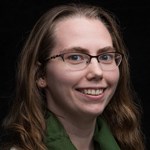
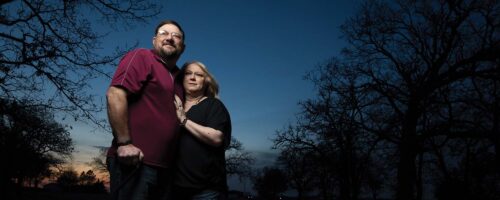
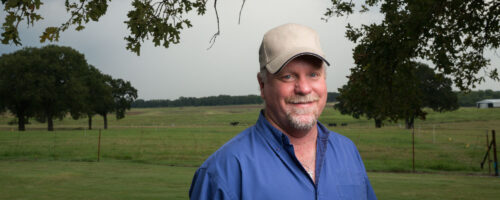
Comment